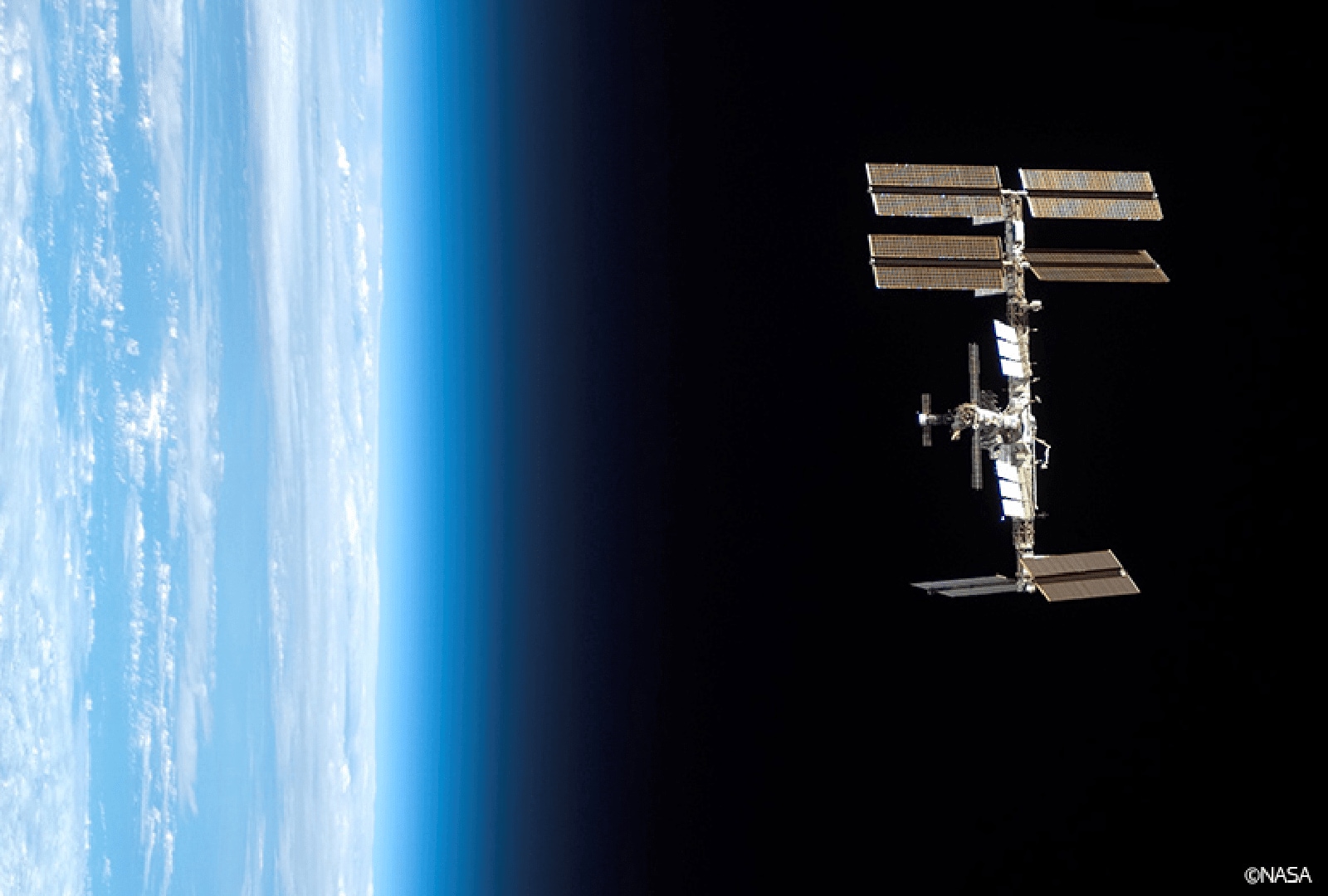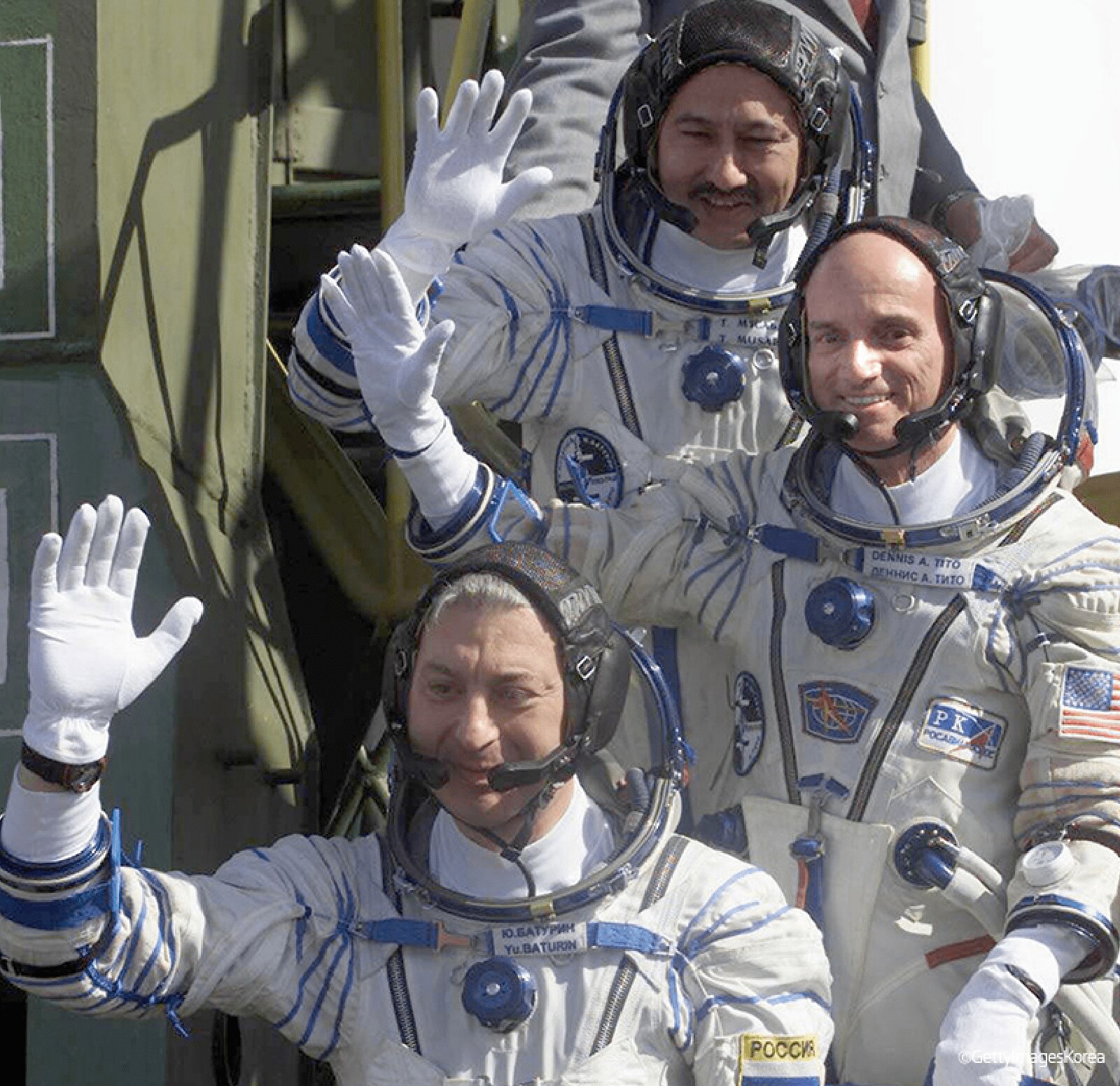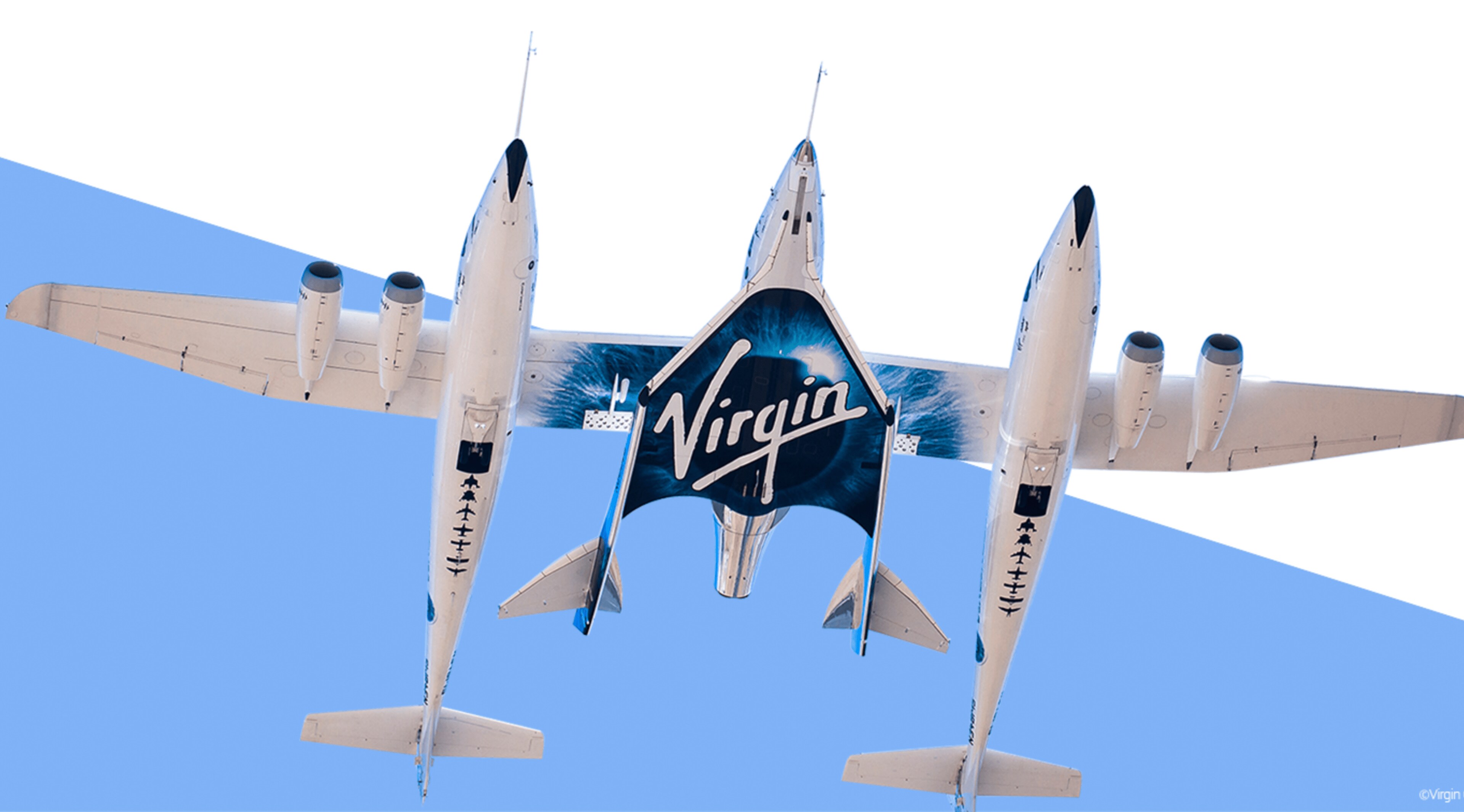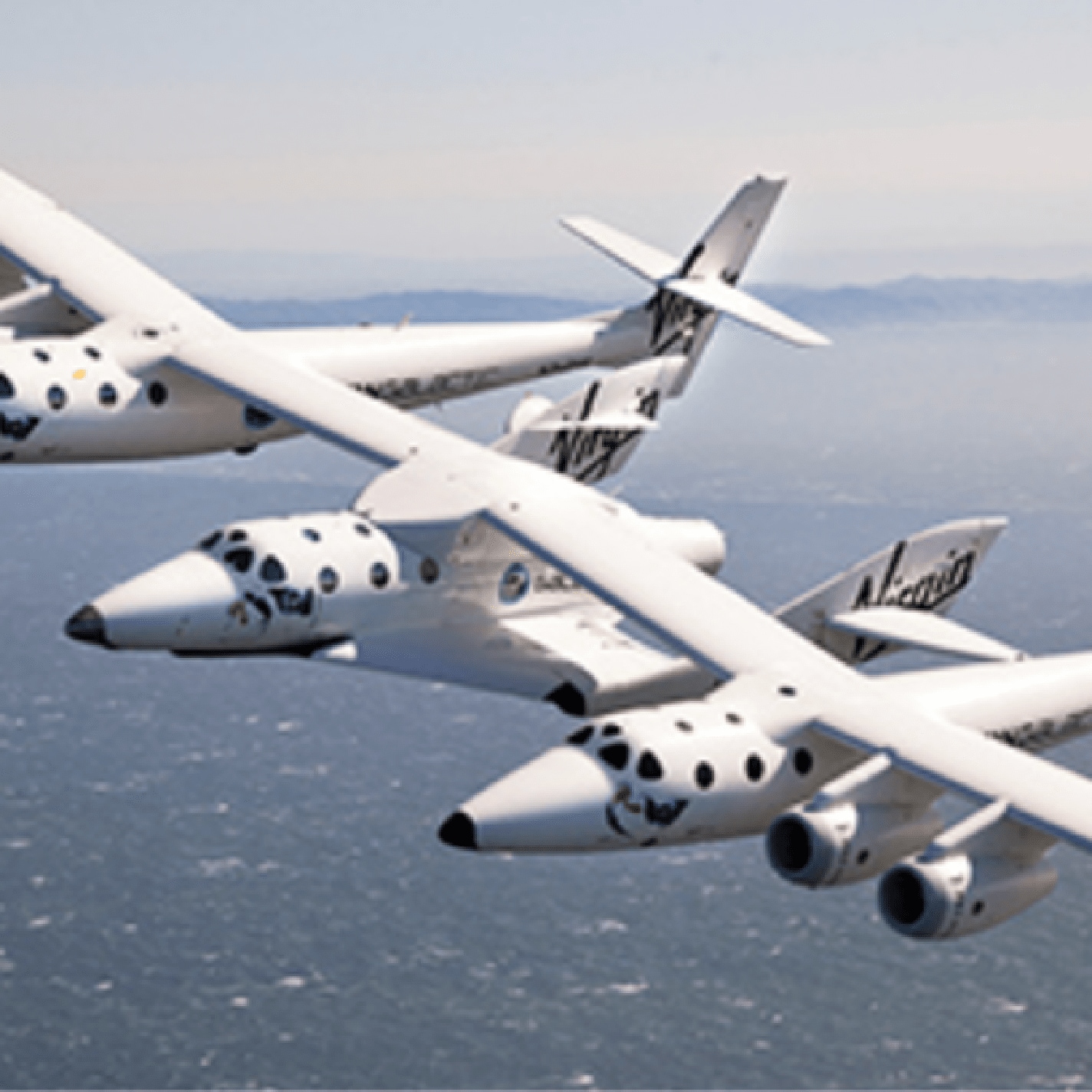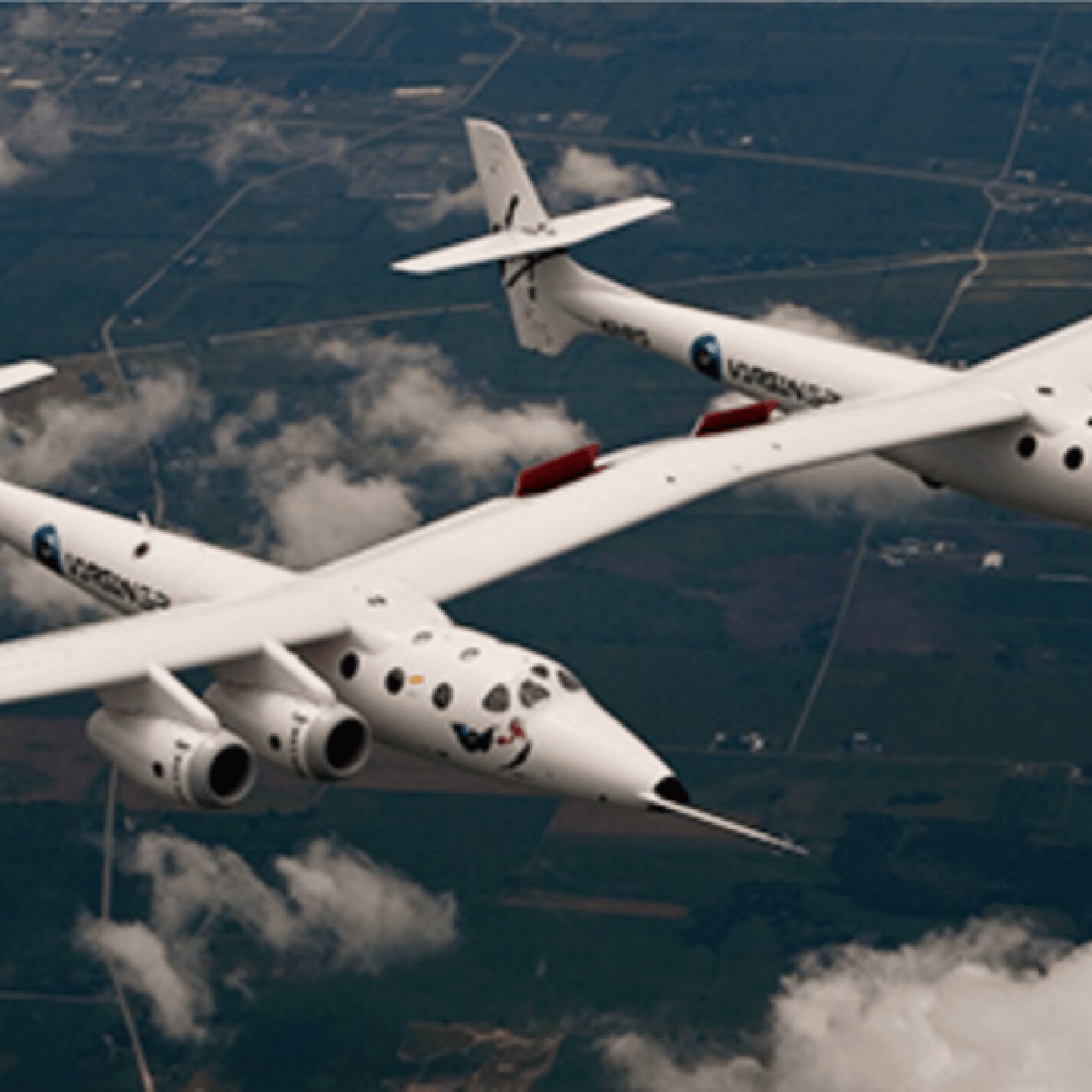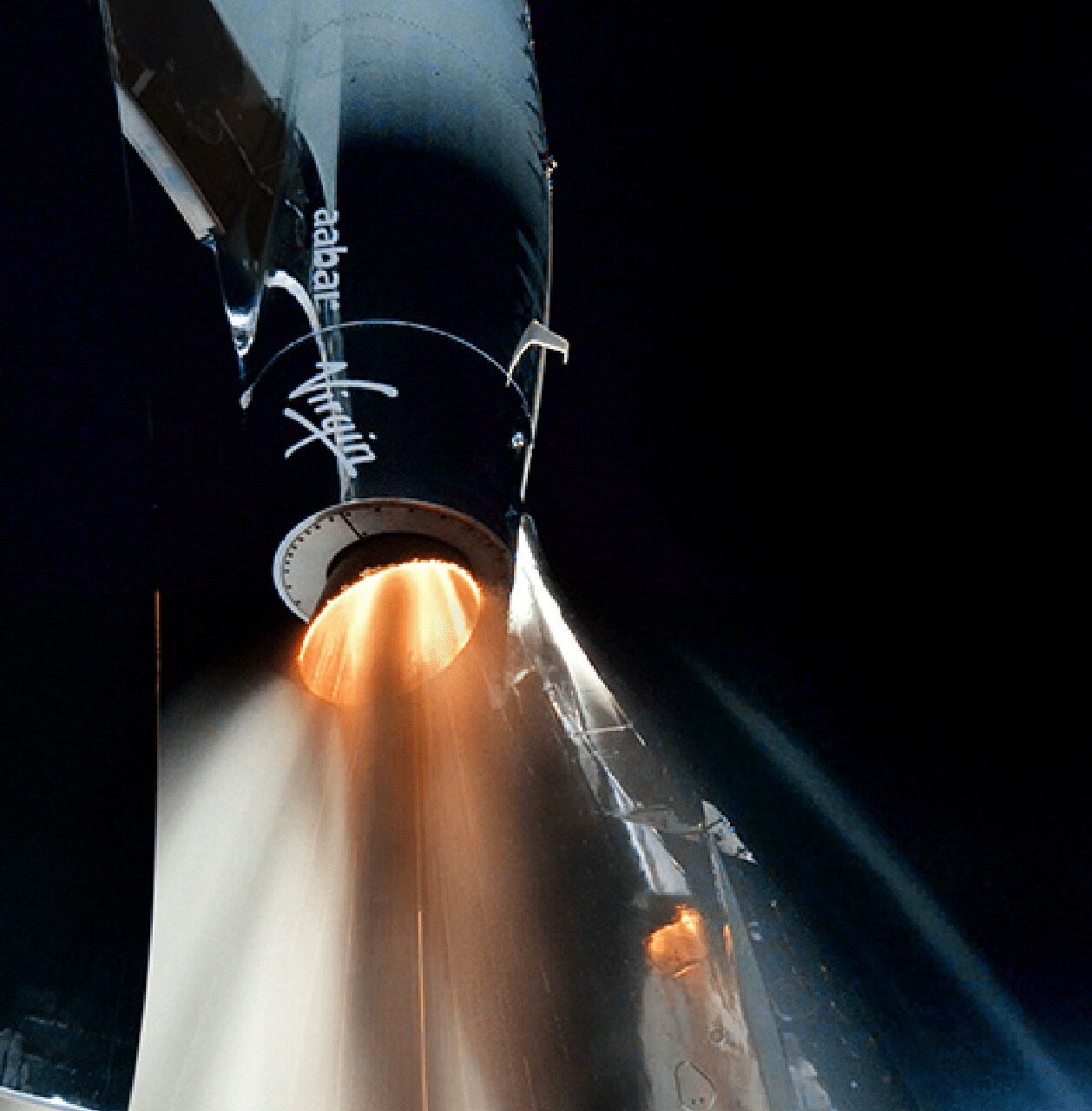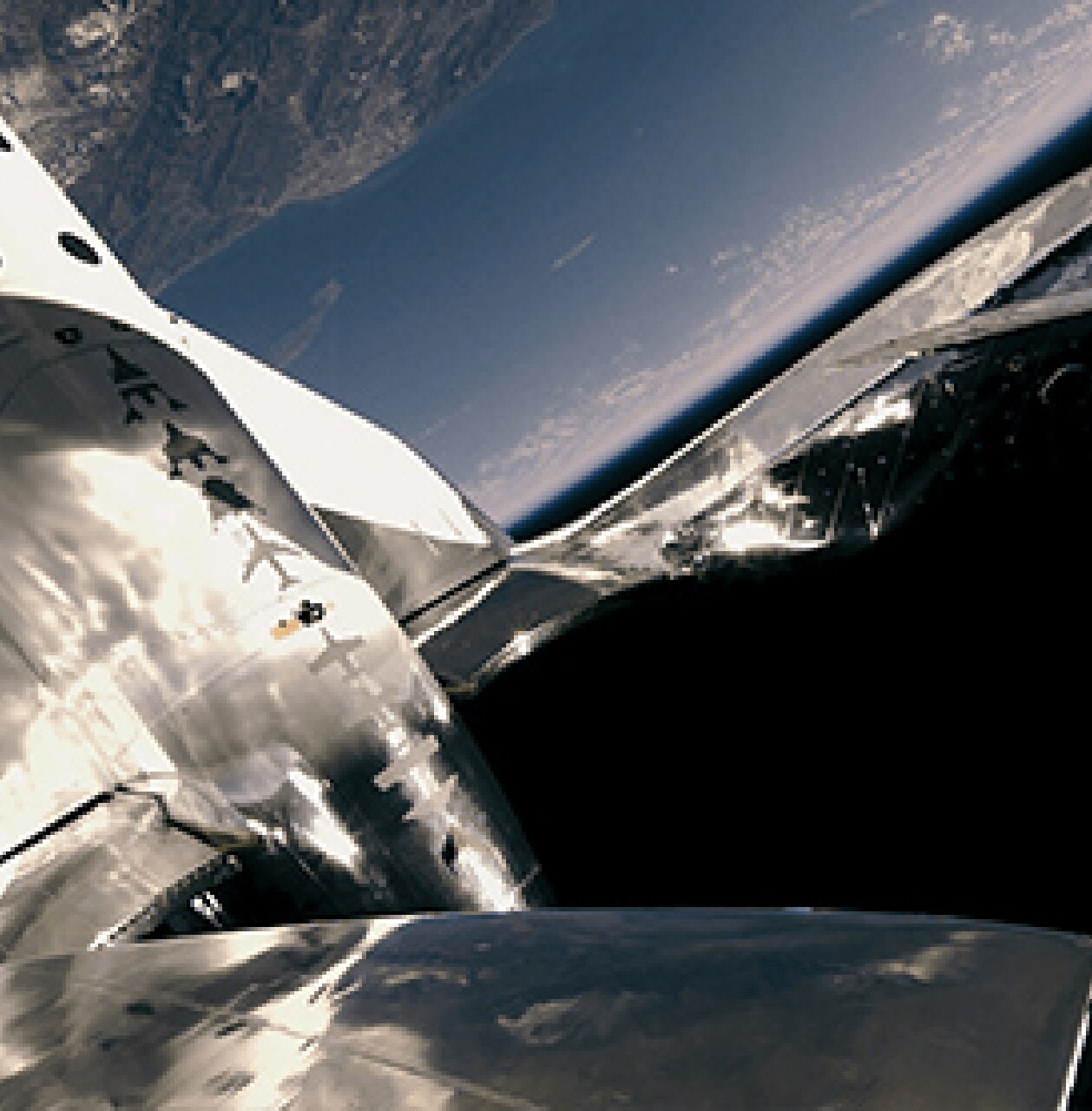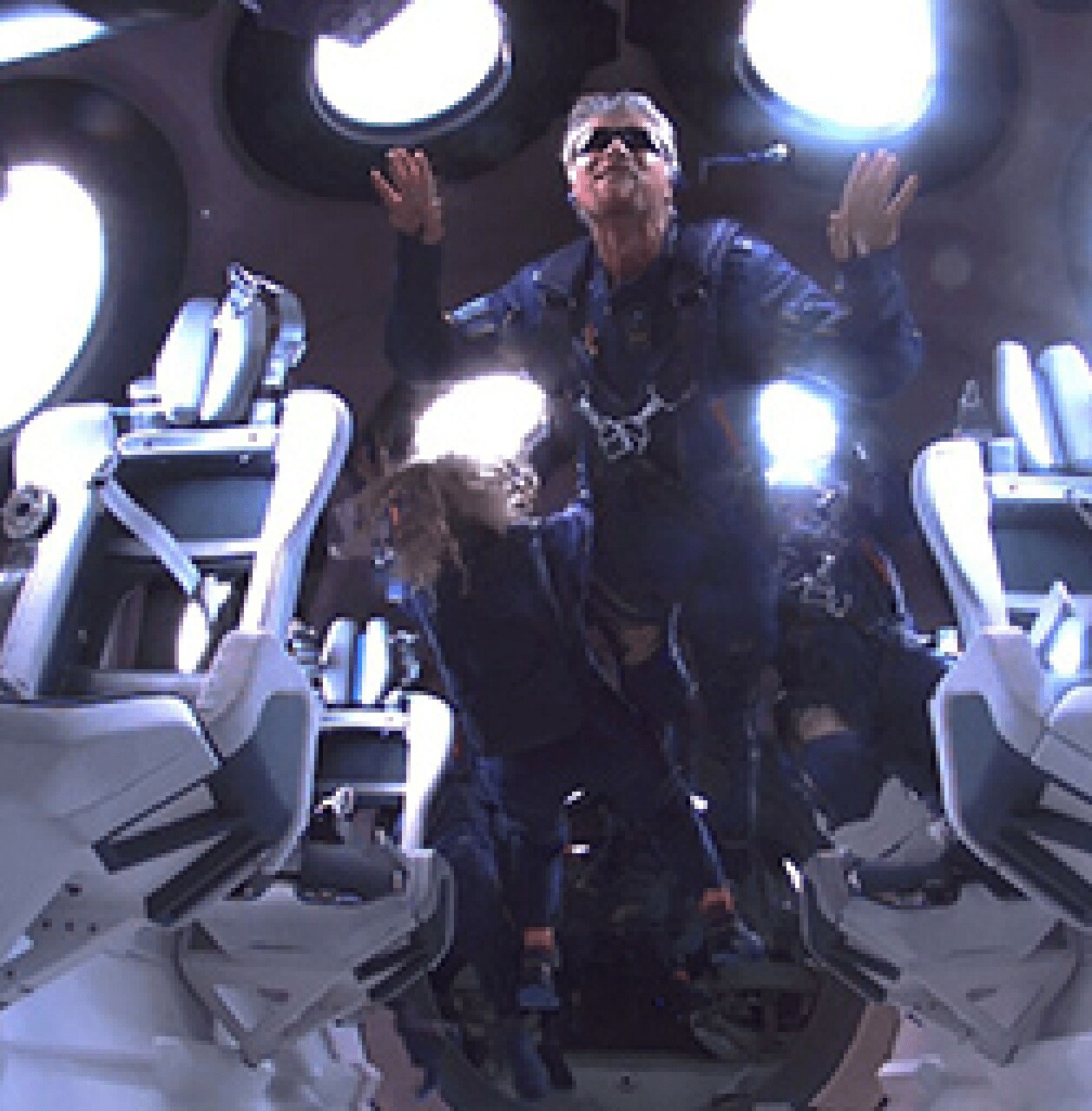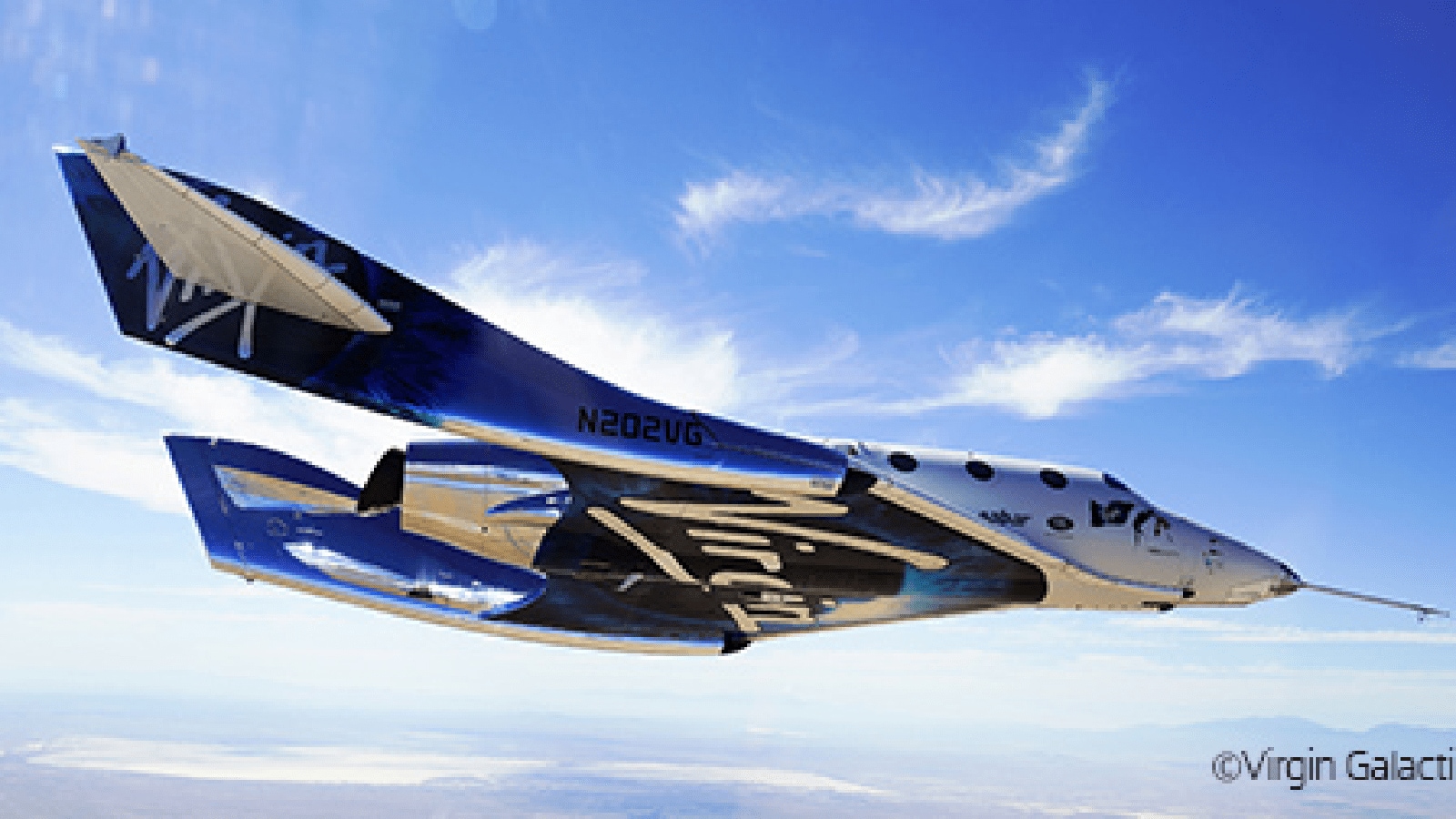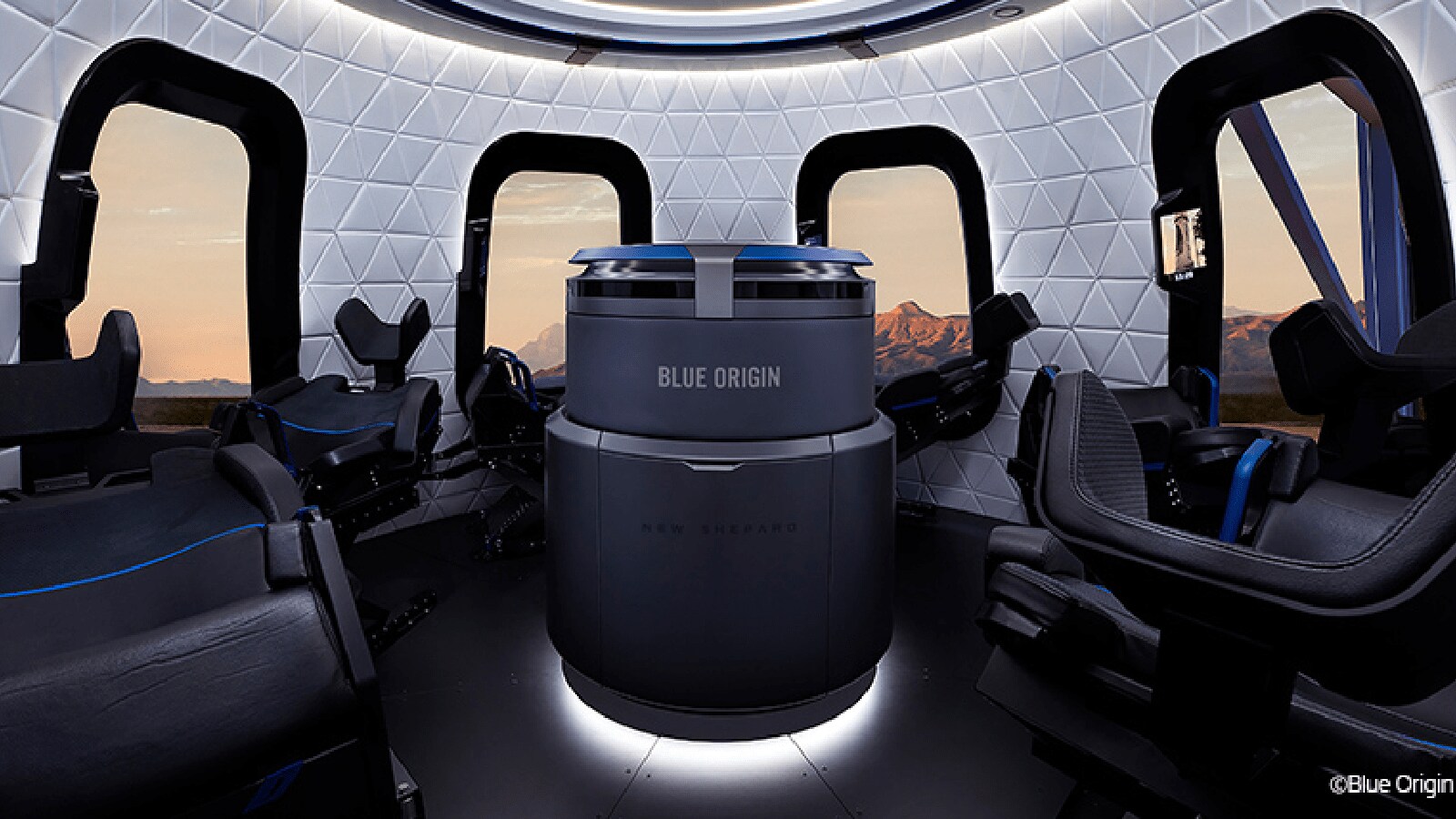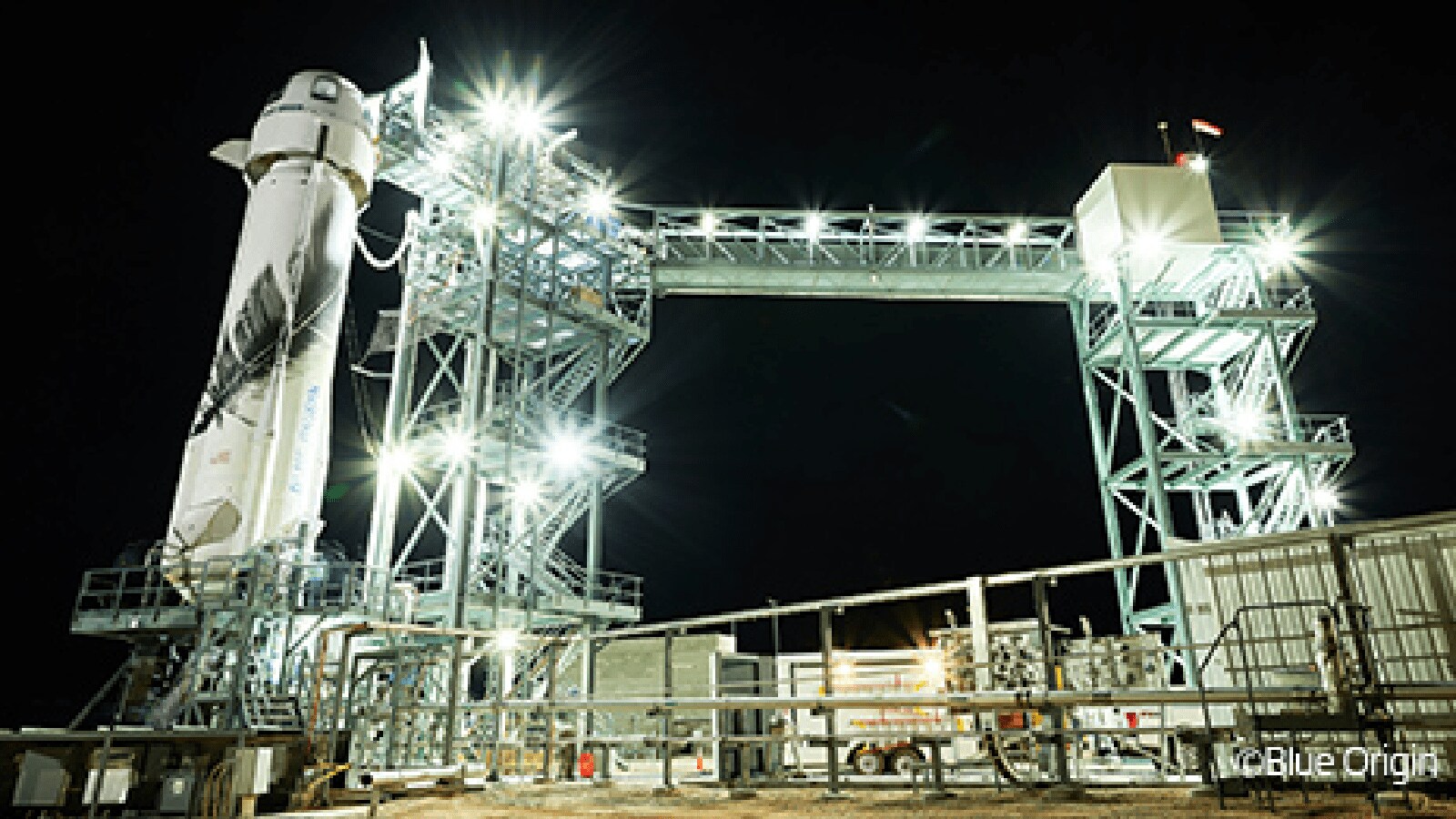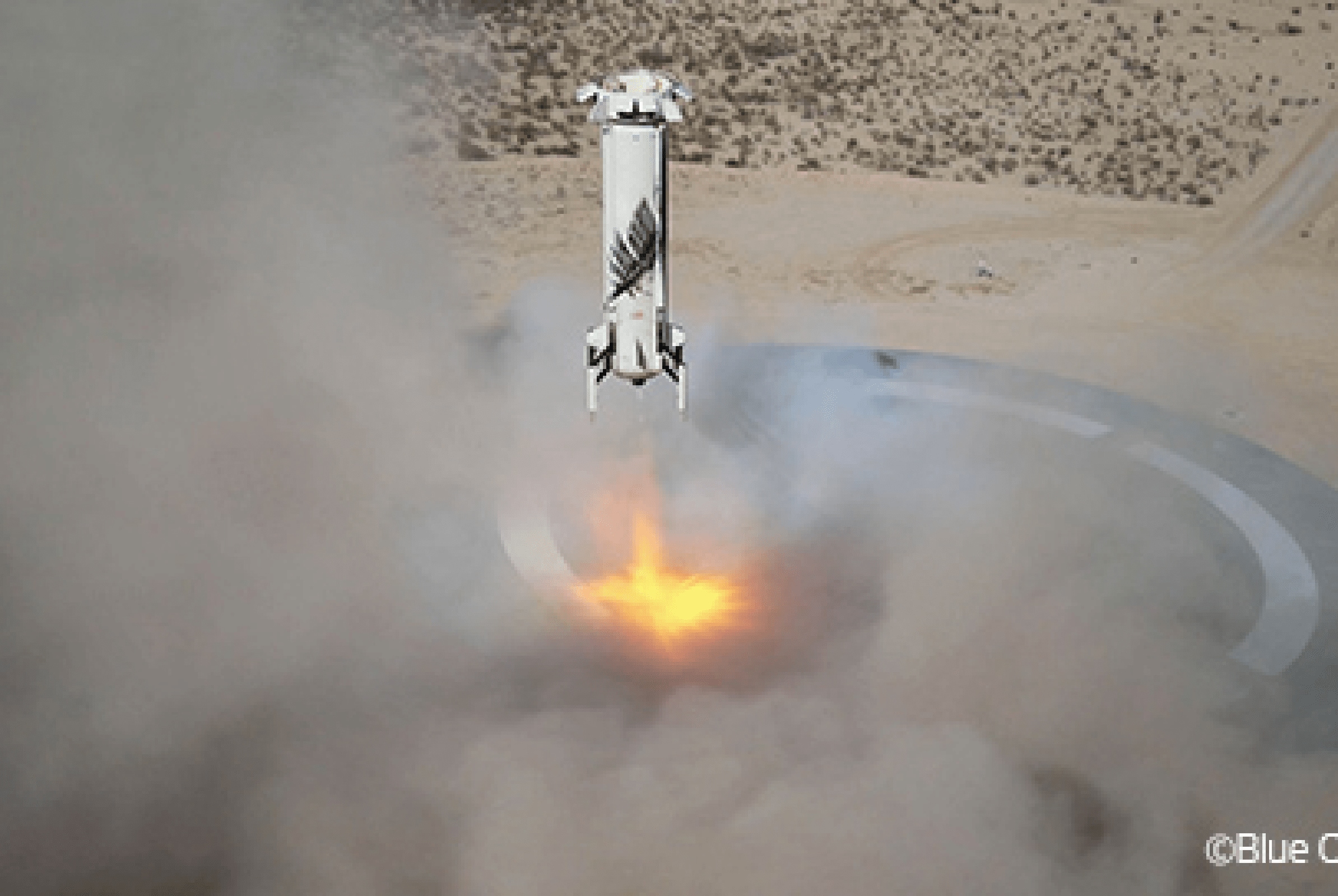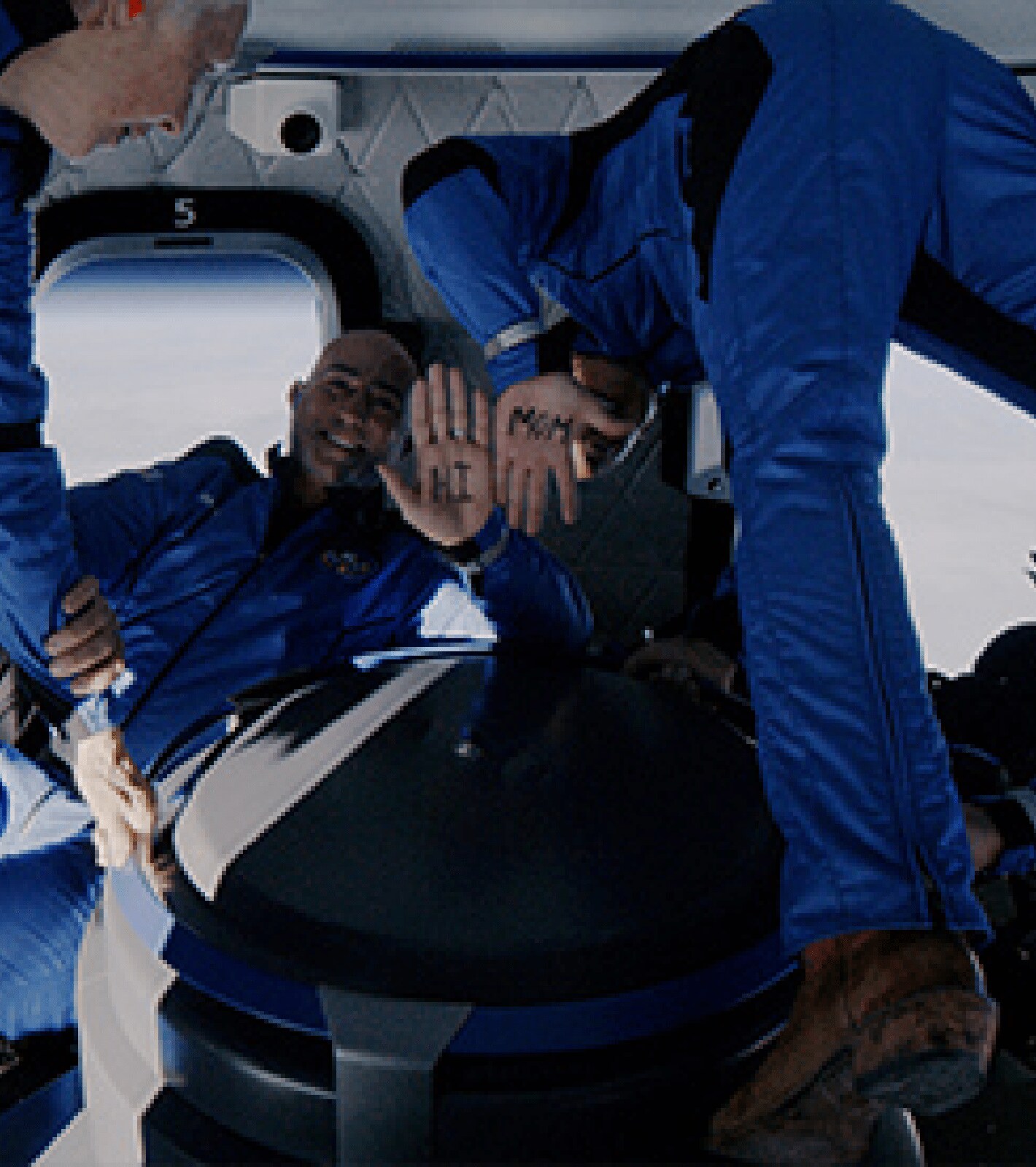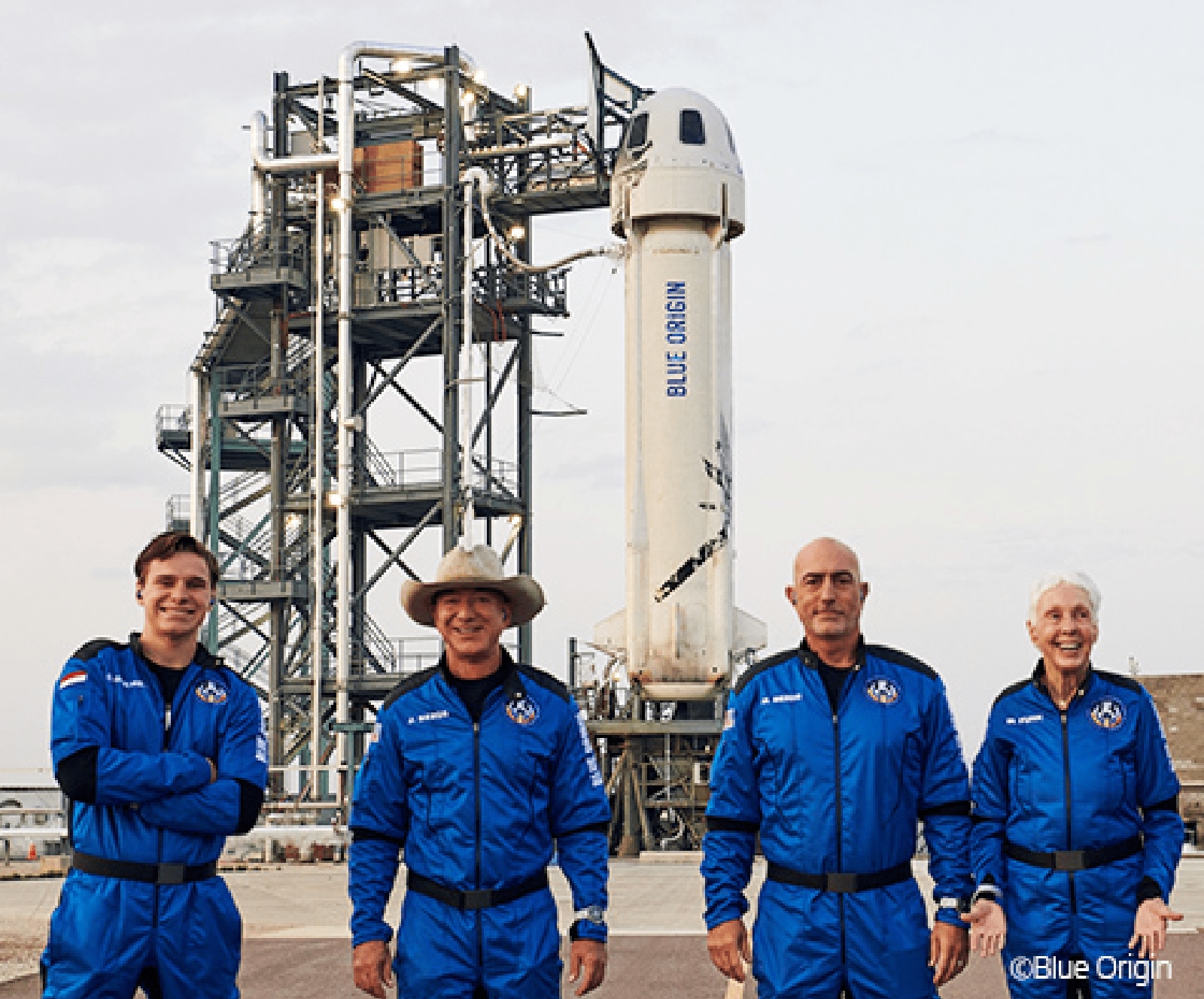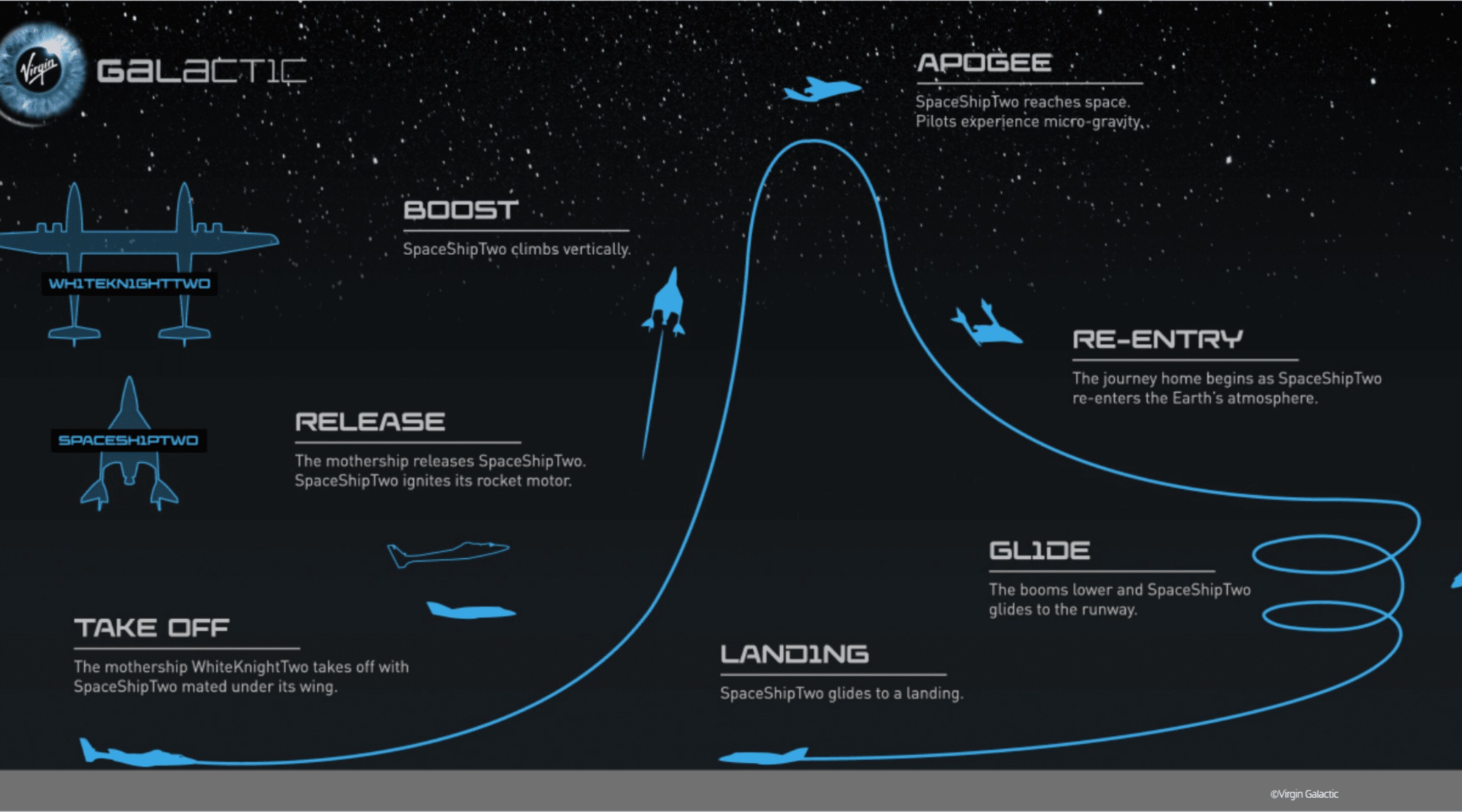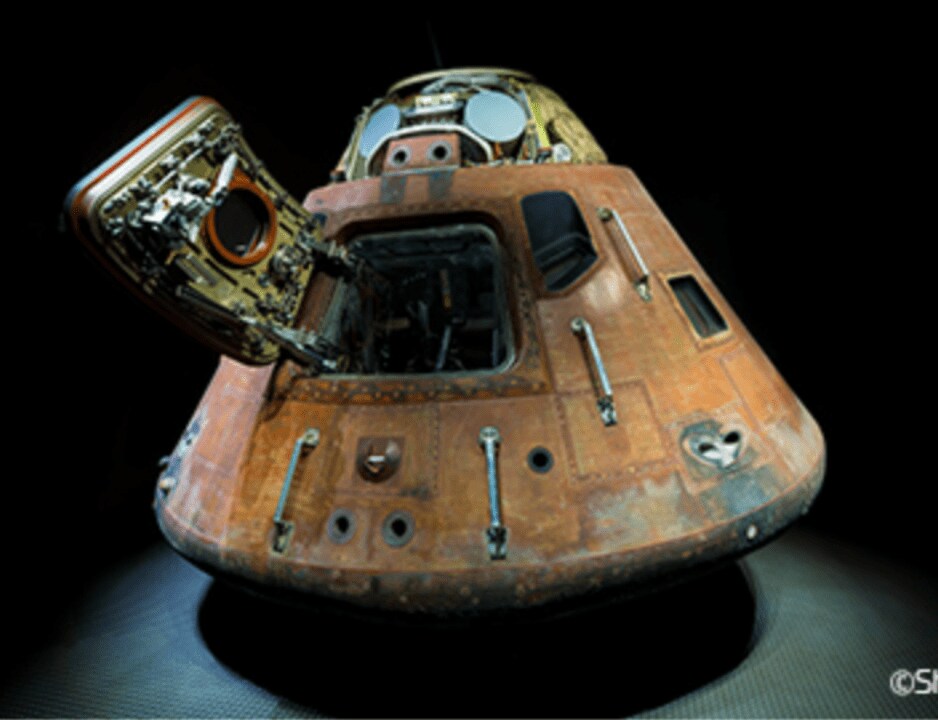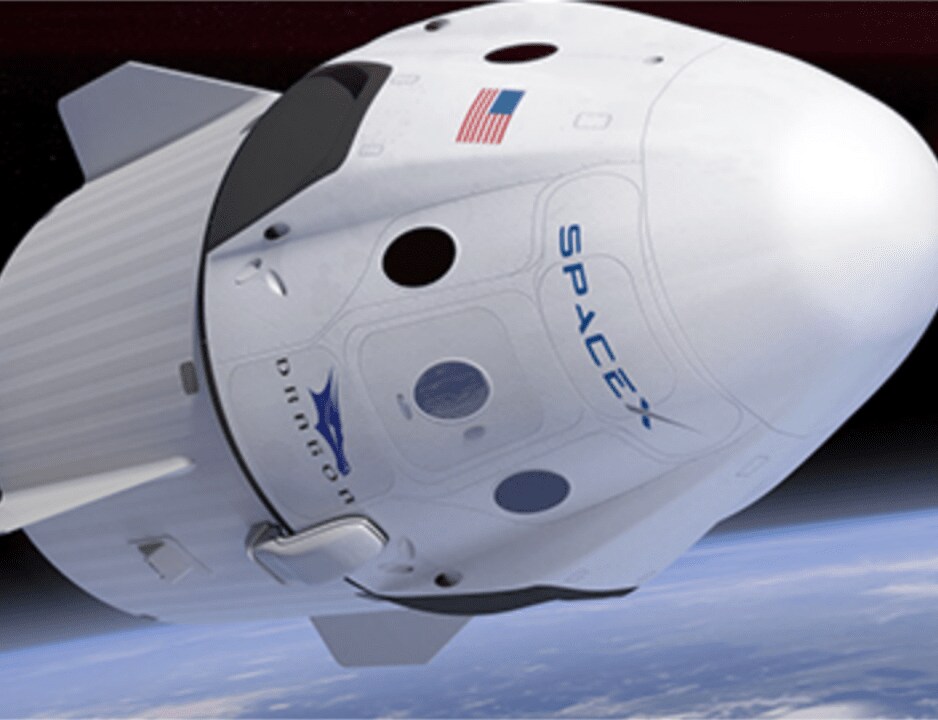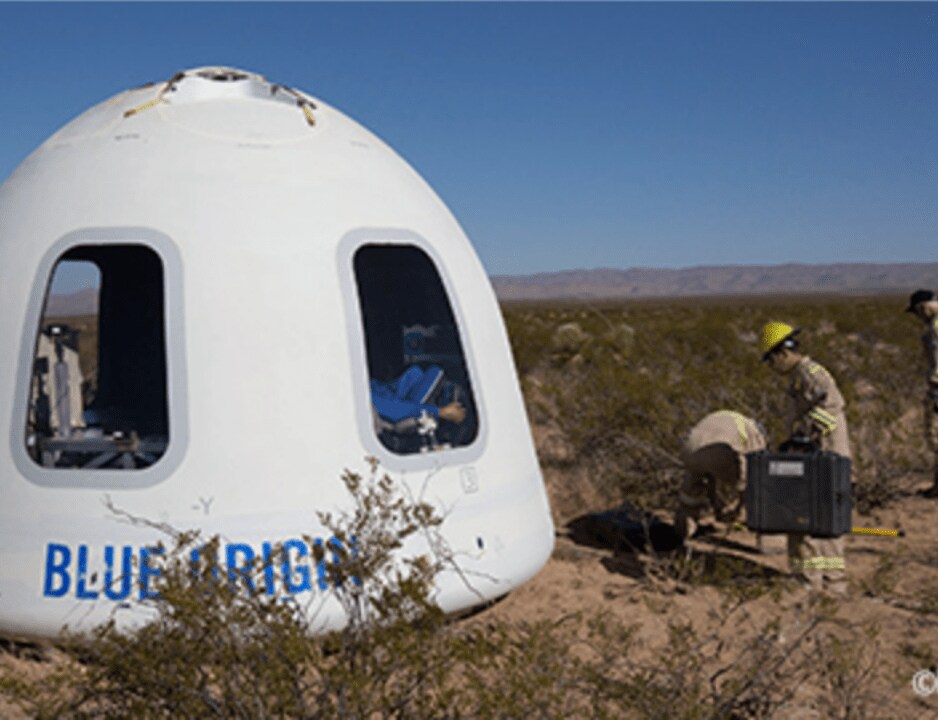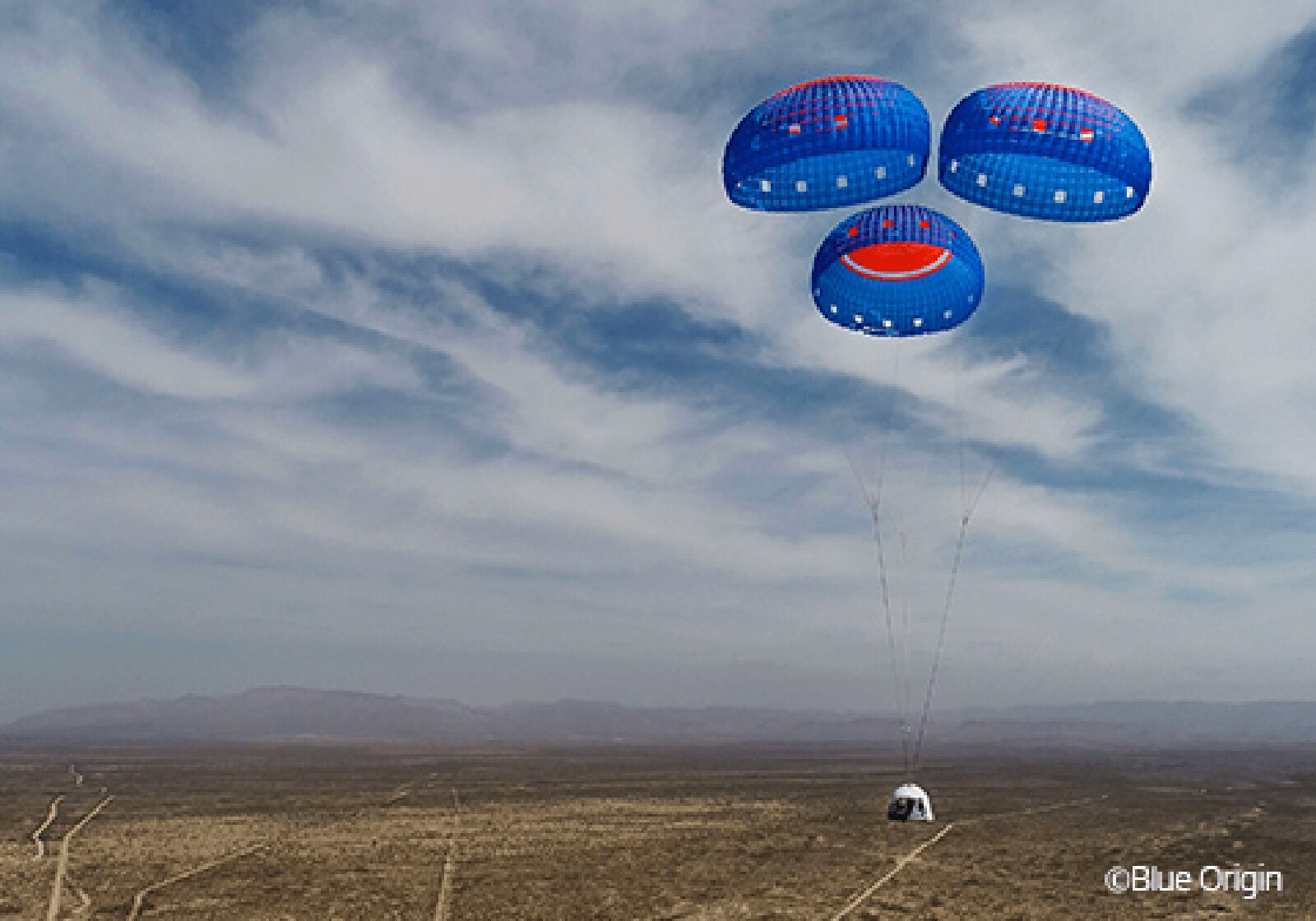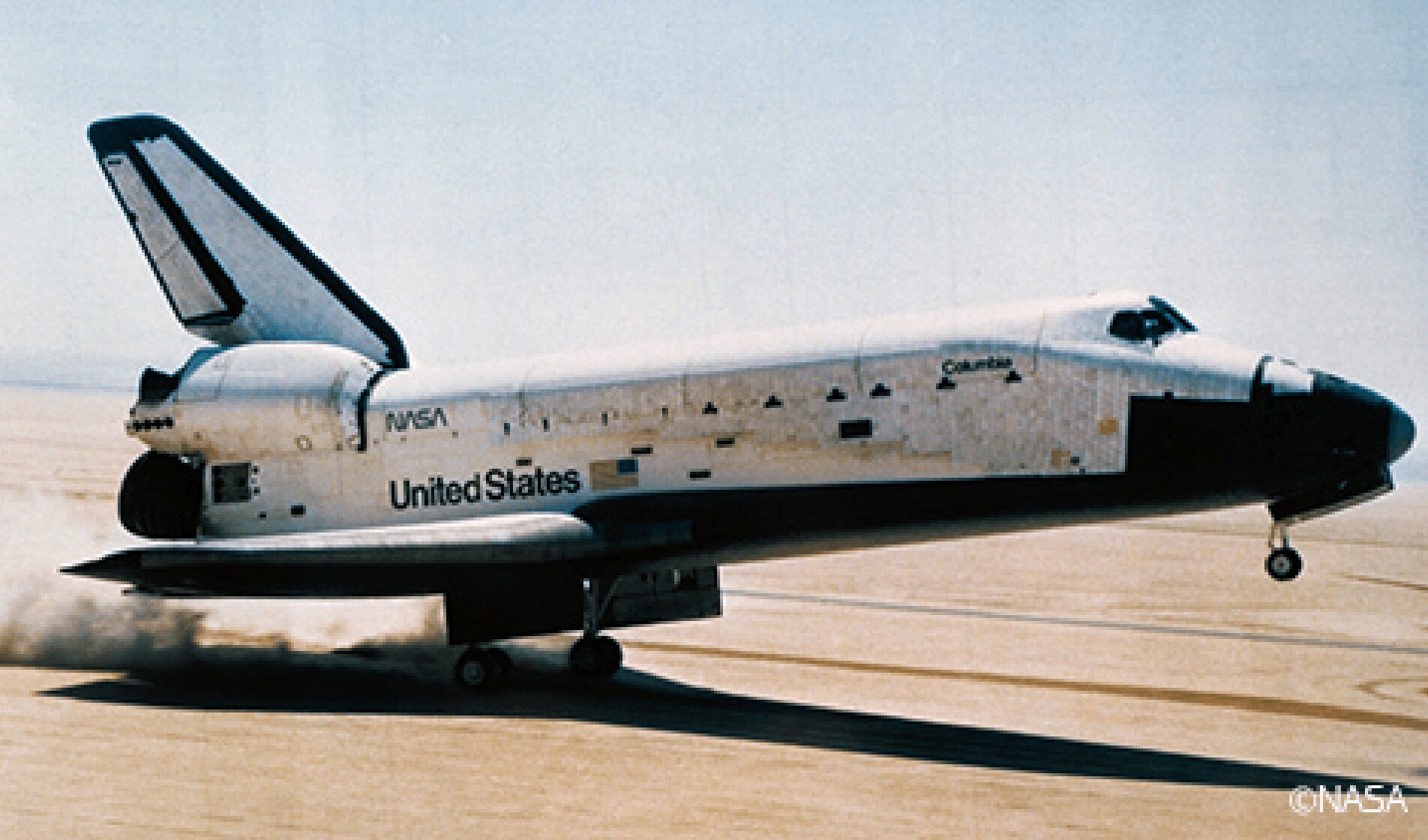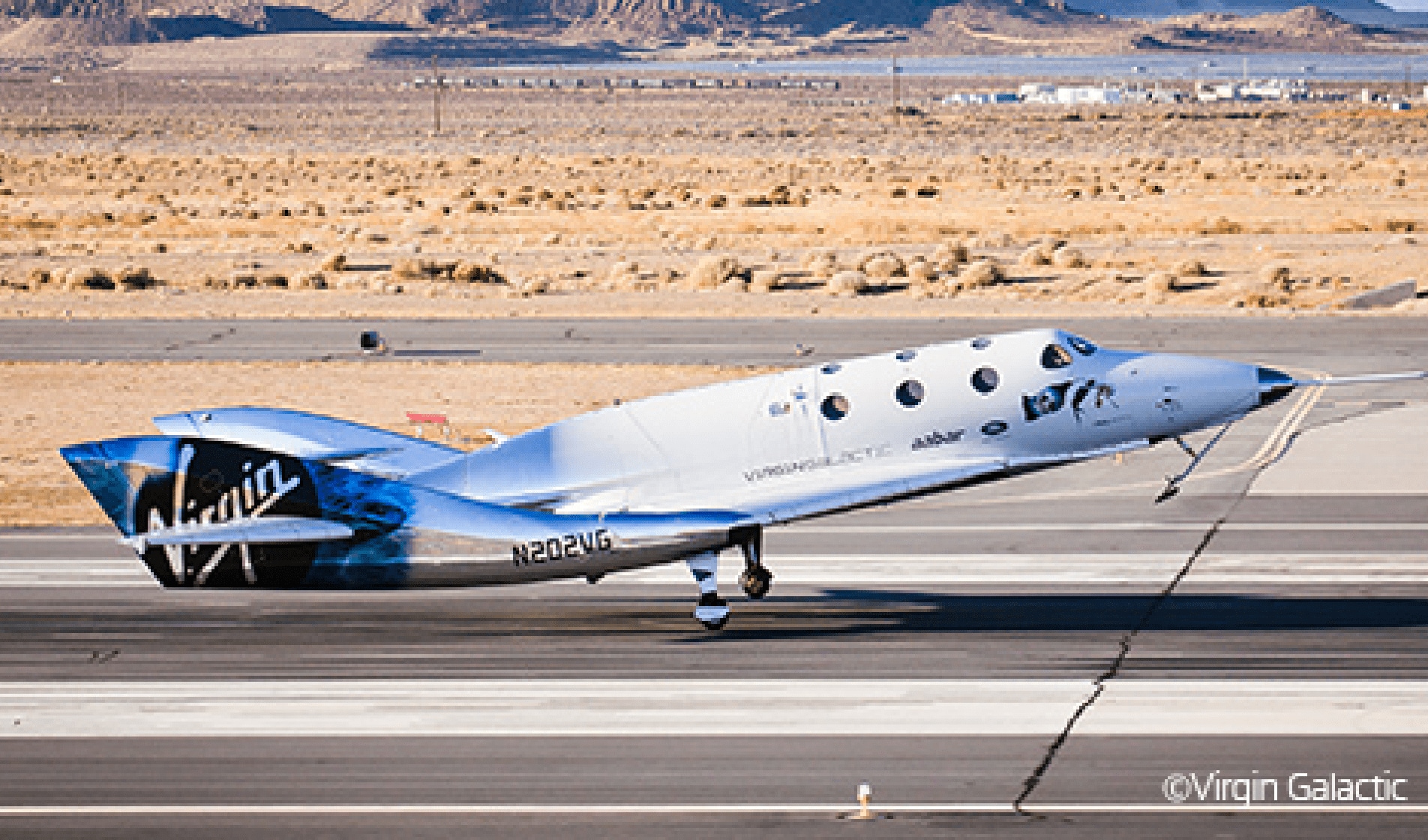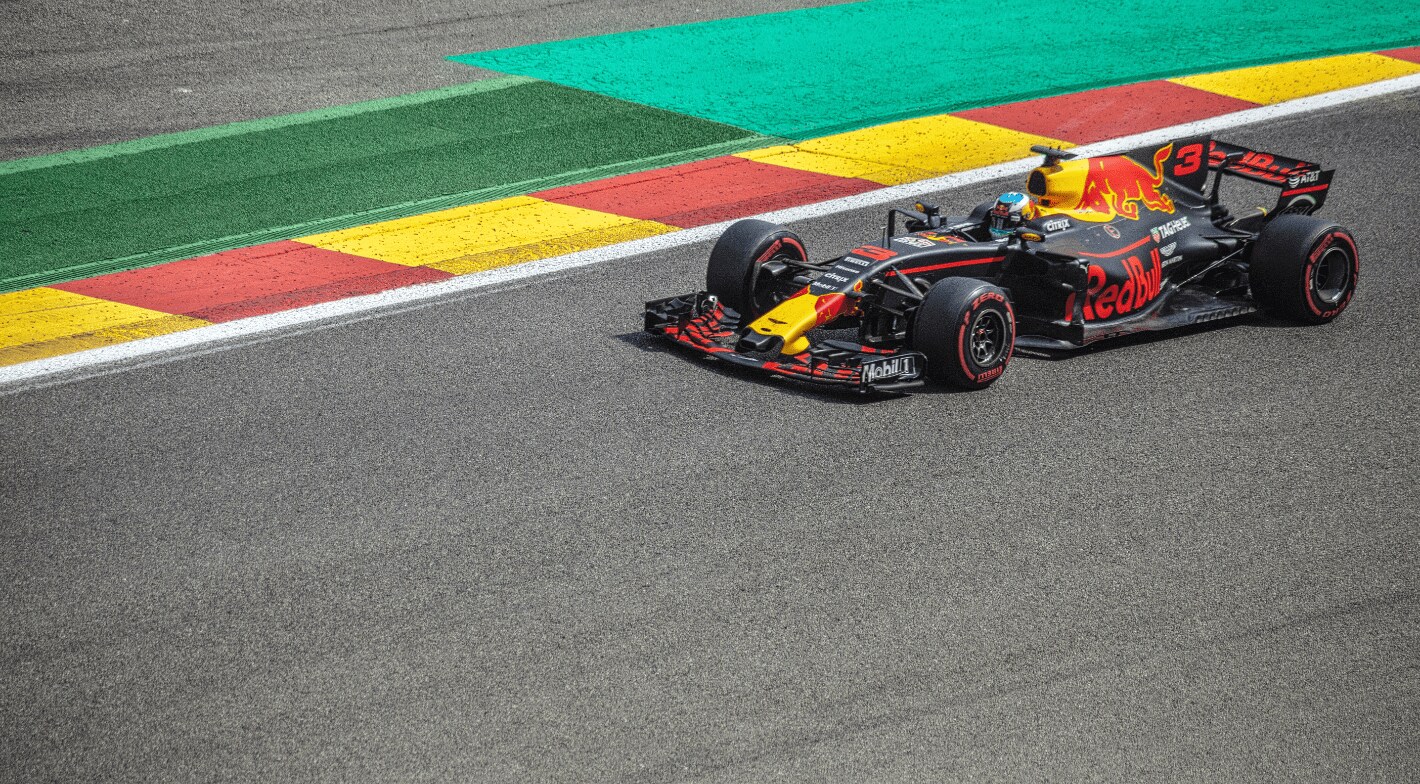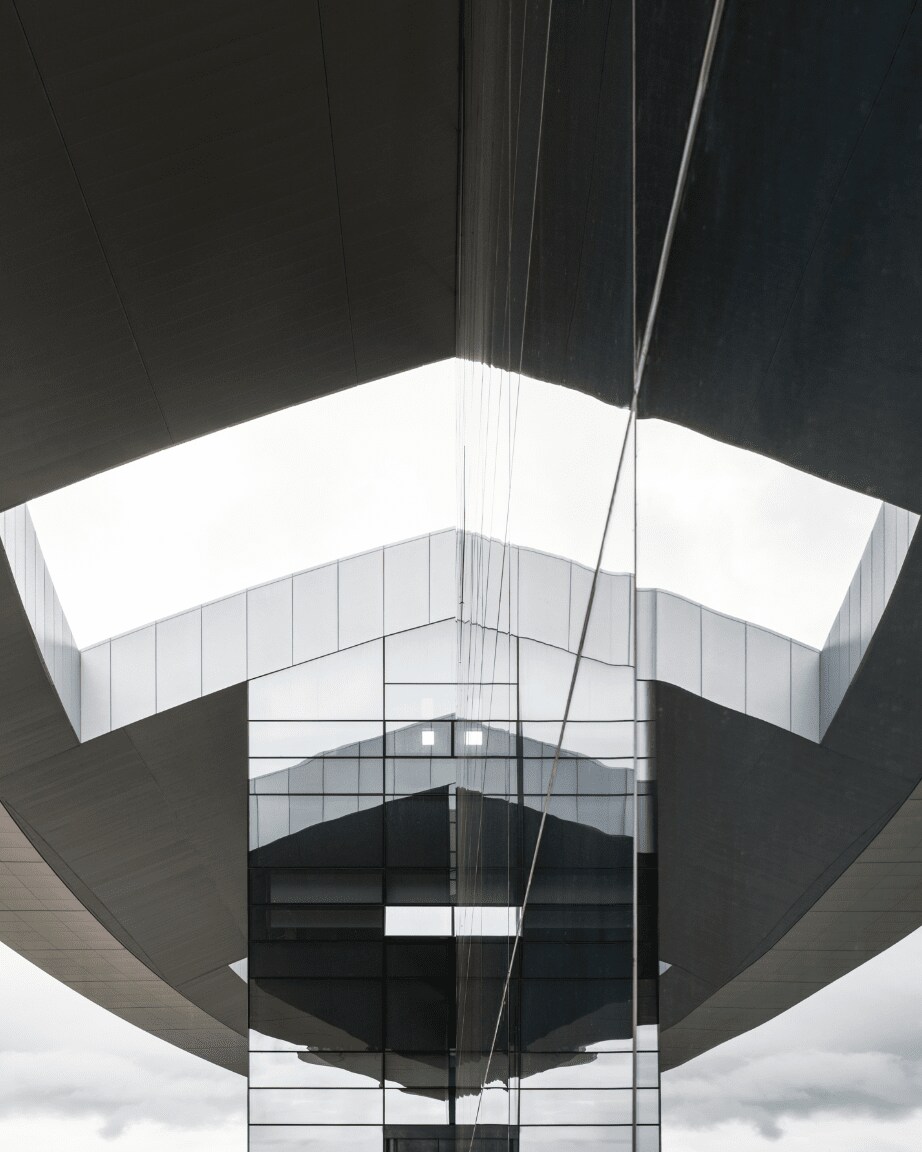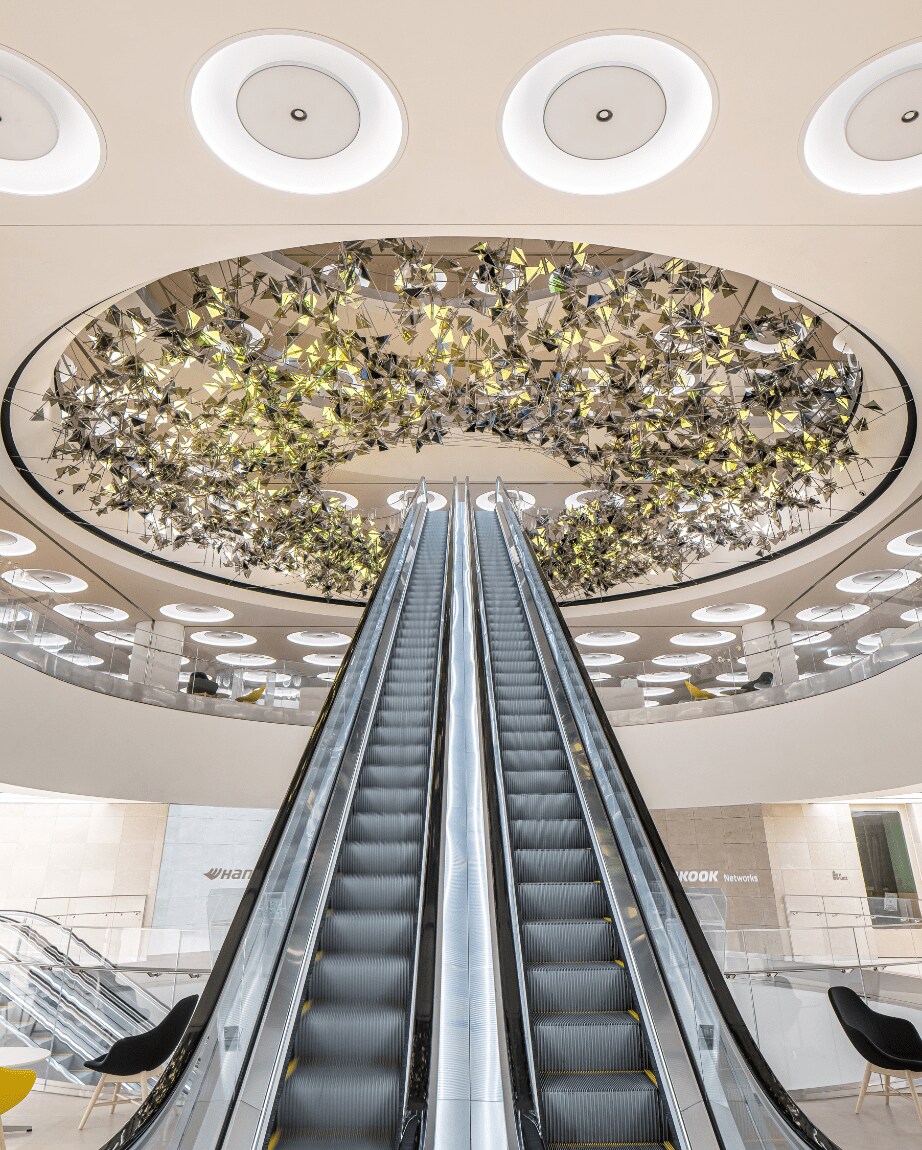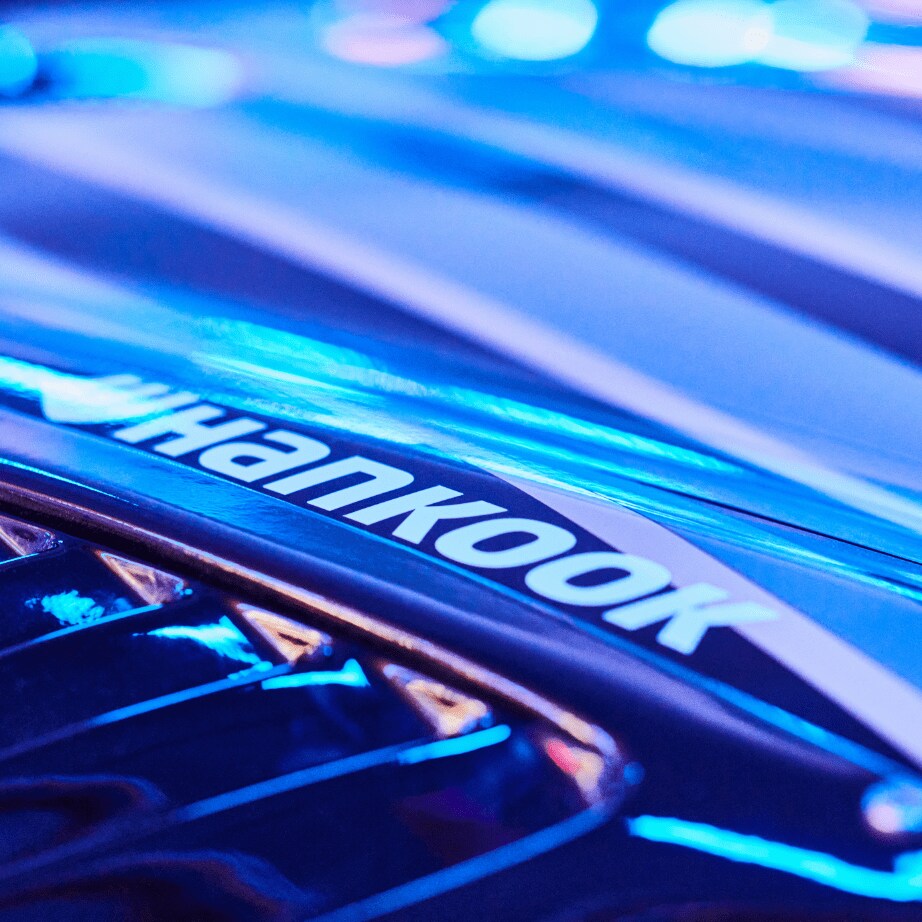VSS Unity of Virgin Galactic successfully completed its manned flight on July 11. New Shepard of Blue Origin also succeeded in its first manned flight on July 20. While having the same purpose of flying to the “edge of space,” the two firms greatly differ in terms of their journey and their spacecraft design.
First, it should be noted that although Virgin Galactic and Blue Origin have definitely established a milestone in the history of space tourism, they are not the first private space tourists. The first private person who was not professionally trained for missions but flew to space as a "tourist" is Dennis Tito, an American entrepreneur who stayed at the International Space Station for seven days in 2001.
Following Tito, Mark Shuttleworth, Gregory Olson, Anousheh Ansari, Charles Simonyi, Richard Garriott, and Guy Laliberte, totaling seven space tourists, visited space, and Simonyi visited it twice. It is known that Tito paid 20 million dollars to fly to the ISS aboard Russian Soyuz in 2001, and Laliberte paid more than 40 million dollars in 2009 (exact amounts have not been made public).
Technodome Represents Hankook Tire’s Proactive Culture









